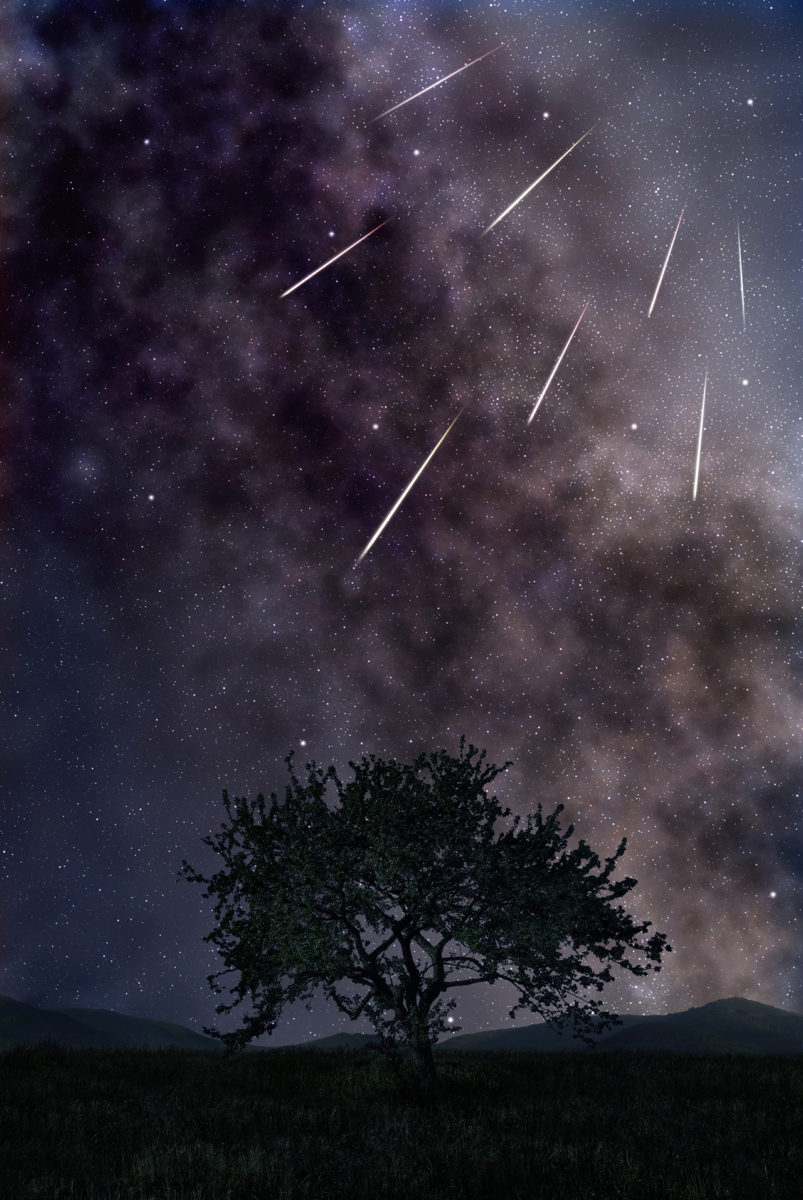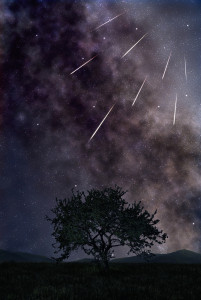How to catch a “shooting star”
Meteor showers occur when space rocks zip through the earth’s atmosphere, leaving bright streaks in their wakes. Opportunities abound in 2015 to catch one of these shows, but TCNJ observatory technician and junior physics major Joe Avenoso says the Perseids (active July 17 to August 24) and Geminids (active December 7 to 17) promise the most spectacular viewing.

 Meteor showers occur when space rocks zip through the earth’s atmosphere, leaving bright streaks in their wakes. Opportunities abound in 2015 to catch one of these shows, but TCNJ observatory technician and junior physics major Joe Avenoso says the Perseids (active July 17 to August 24) and Geminids (active December 7 to 17) promise the most spectacular viewing.
Meteor showers occur when space rocks zip through the earth’s atmosphere, leaving bright streaks in their wakes. Opportunities abound in 2015 to catch one of these shows, but TCNJ observatory technician and junior physics major Joe Avenoso says the Perseids (active July 17 to August 24) and Geminids (active December 7 to 17) promise the most spectacular viewing.
Here’s how to enjoy the celestial show:
> Watch on nights around the peak. That’s August 12–13
for the Perseids and December 13–14 for the Geminids.
> Ignore the predictions. Astronomers use a formula, the Zenithal Hourly Rate, to calculate the number of meteors a single observer can see at peak time. But the results are almost always on the high side, so don’t be disappointed if you see fewer.
> Beware the moon. If it’s quarter phase or greater it will block out meteors. A crescent moon during the Perseids’ peak will make that shower a must-see; a not-so-bright moon that sets early during the Geminids’ peak will make that show the year’s best. So grab a blanket, lay back, look up, and enjoy.
—Pete Croatto
Posted on February 20, 2015

